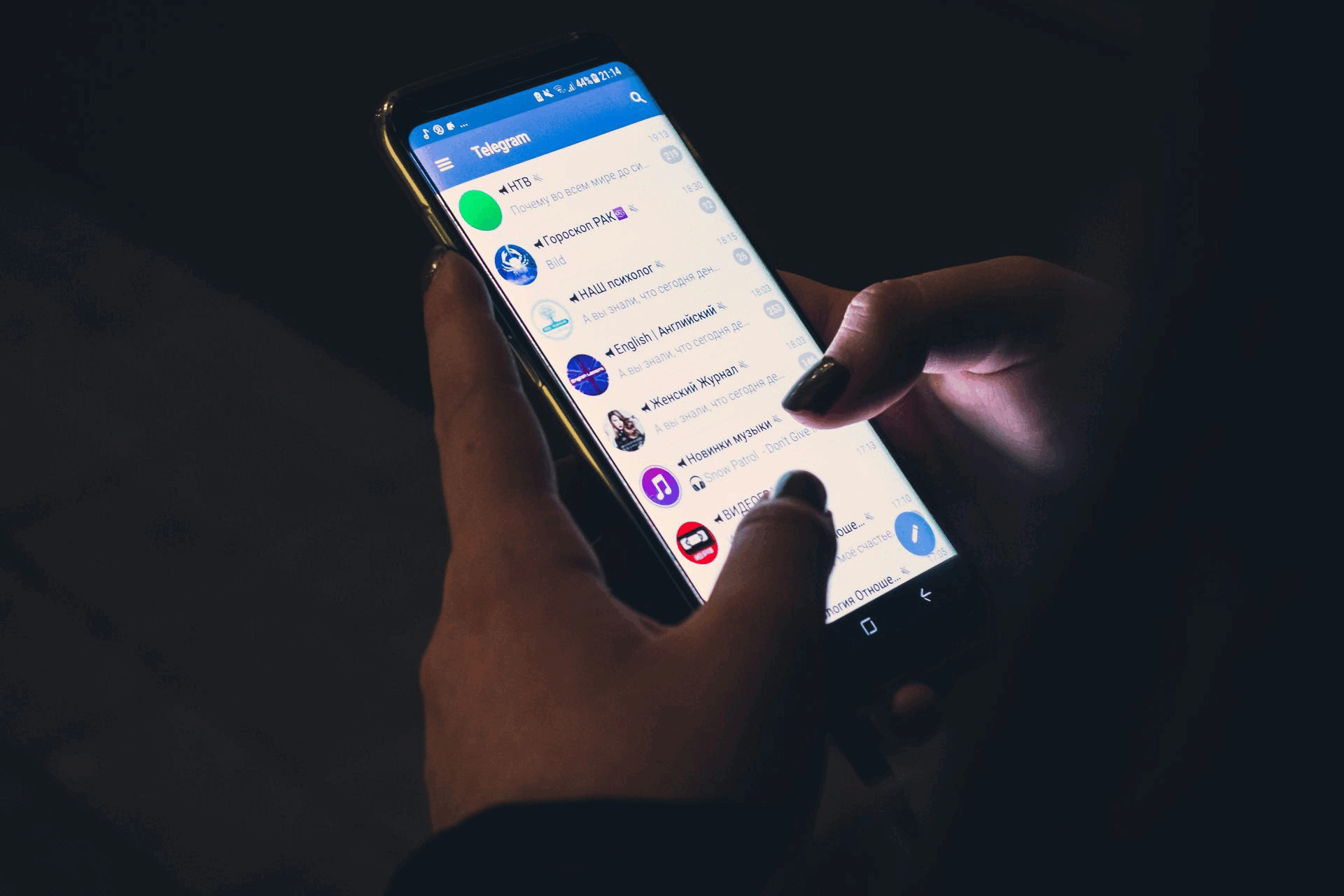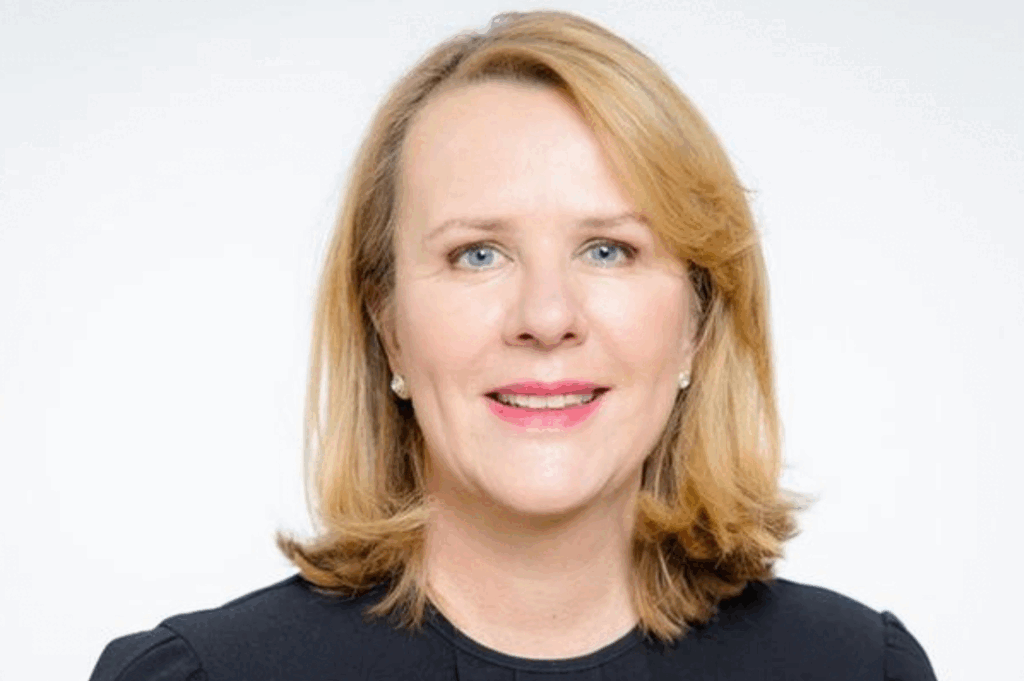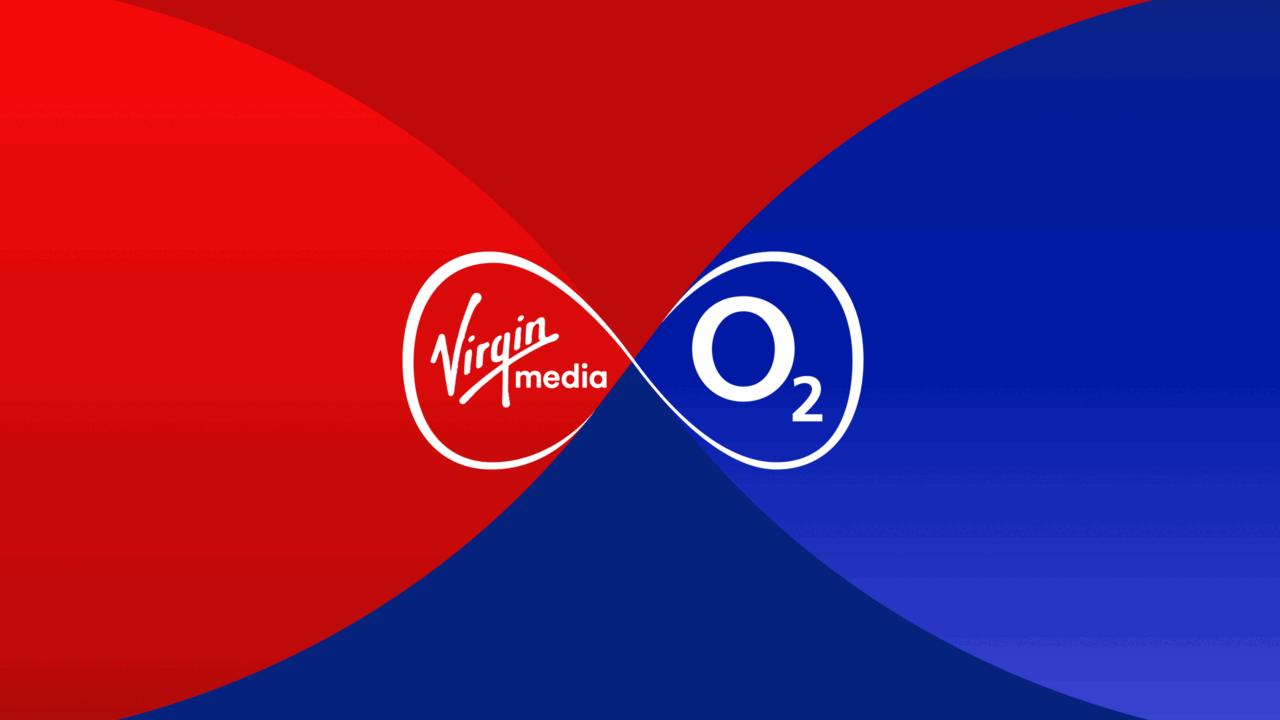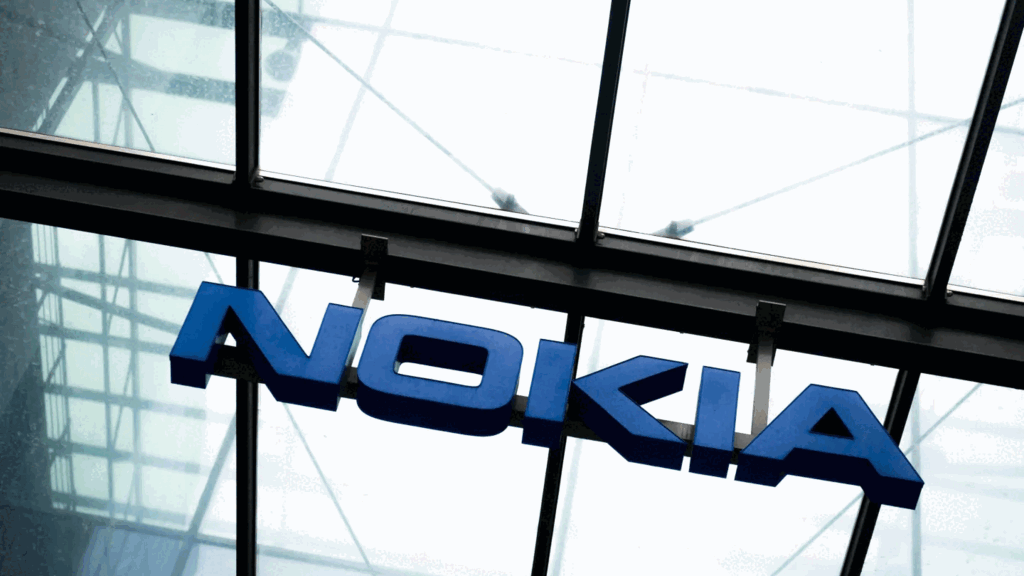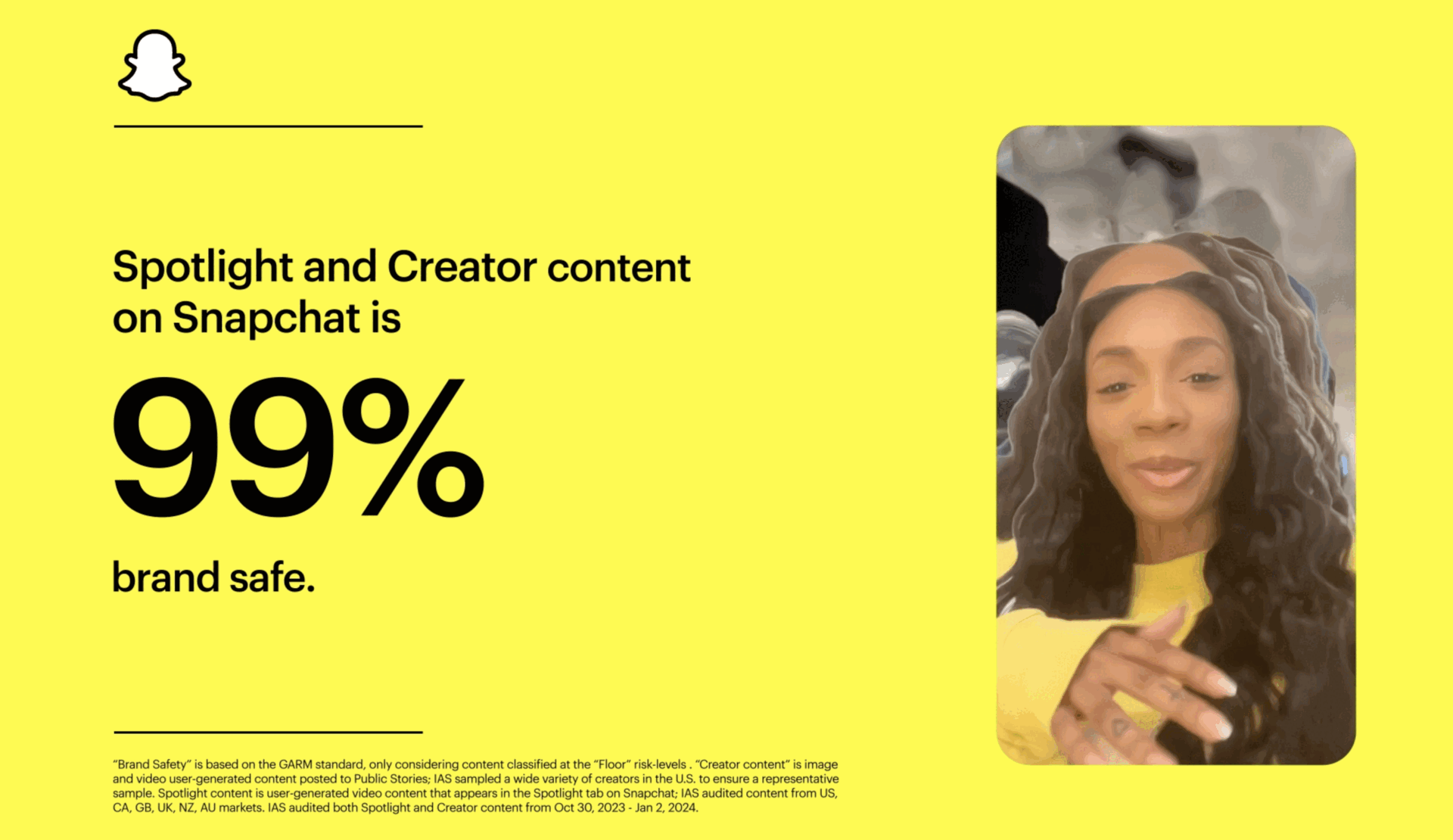Tiny reduction in load times delivers huge uplifts for mobile sites – report
- Thursday, May 21st, 2020
- Share this article:
 A 0.1 second reduction in the load time of a mobile site can influence every step of the user journey, ultimately increasing conversion rates. That’s the key finding of a report, Milliseconds make Millions’ commissioned by Google and conducted by data company fifty-five and digital agency Deloitte Digital. The companies assessed 30m user sessions on mobile websites for 37 brands across the retail, travel and luxury sectors across Europe, over a four-week period.
A 0.1 second reduction in the load time of a mobile site can influence every step of the user journey, ultimately increasing conversion rates. That’s the key finding of a report, Milliseconds make Millions’ commissioned by Google and conducted by data company fifty-five and digital agency Deloitte Digital. The companies assessed 30m user sessions on mobile websites for 37 brands across the retail, travel and luxury sectors across Europe, over a four-week period.
Retail
In the retail sector, the study found that a 0.1 second improvement in site speed across four specific site speed metrics – Max Server Latency; First Meaningful Paint; Estimated Input Latency; and Observed Load – resulted in consumers spending 9.2 per cent more. Load speed on product pages is particularly important, with the 0.1 second improvement delivering a 3.2 per cent uplift in people progressing from Product Listing Page to Product Detail Page, and a 9.1 per cent increase when progressing to Add to Basket. These findings are based on 20.5m user sessions across 15 retail brands.
Luxury
Out of all verticals studied, the data shows that luxury consumers are the most sensitive to speed improvements. Although design and brand values are key to luxury sites, the flows to key pages such as ‘Contact Us’ are greatly increased (a massive 20.6 per cent) when the key site speed metrics were improved by 0.1 seconds, and there was a significant 40.1 per cent increase in users moving from Product Detail to Add to Basket and longer sessions also recorded through the entire browsing journey. For luxury retailers, use of the ‘Contact Us’ and ‘Book an Appointment’ functionality of their sites are proxies for buying intent, as opposed to actual eCommerce transitions on high-street retail and travel sites. These findings are based on 2.1m user sessions across 10 luxury brands.
Travel
When looking at the journey a customer takes through the travel conversion funnel progression, uplift can be seen incrementally, culminating in a 2.2 per cent increase in check-out completion. A 2 per cent increase was identified at the add on stage where travellers are configuring their trips i.e. adding speedy boarding, selecting plane seats or purchasing car hire. Google suggests that site speed has its greatest impact in the customisation and ancillary purchases steps of the funnel, after the visitors have chosen their base options, and so travel brands may need to prioritise the optimisation of this section of their user journey. These findings are based on 7.4m user sessions across six brands.
The report goes on to make specific recommendations for brands to stay ahead, with an identified need to make site speed a priority across the organisation. This includes adopting a mobile-first mind-set; introducing the right processes and allocating resources to constantly monitor and optimise speed; and introducing speed as the one of the primary performance indicators. The study findings are intended to provide new evidence that speed does matter and help brands to prioritise it.
“As the most comprehensive site speed research report ever completed, this is a wake up call to brands to adopt a mobile-first mentality,” said fifty-five London managing director, Richard Wheaton. “The benchmarks we’ve created in this report will help brands move beyond being inwardly focused, and identify wider measures of performance that may be putting themselves ahead or behind their competitors. Brands really need to re-think their digital processes and KPIs in this mobile-first world, to ensure that site design and technical enhancements are generating the positive ROI, and not actually unintentionally harming sales by driving customers away.”






